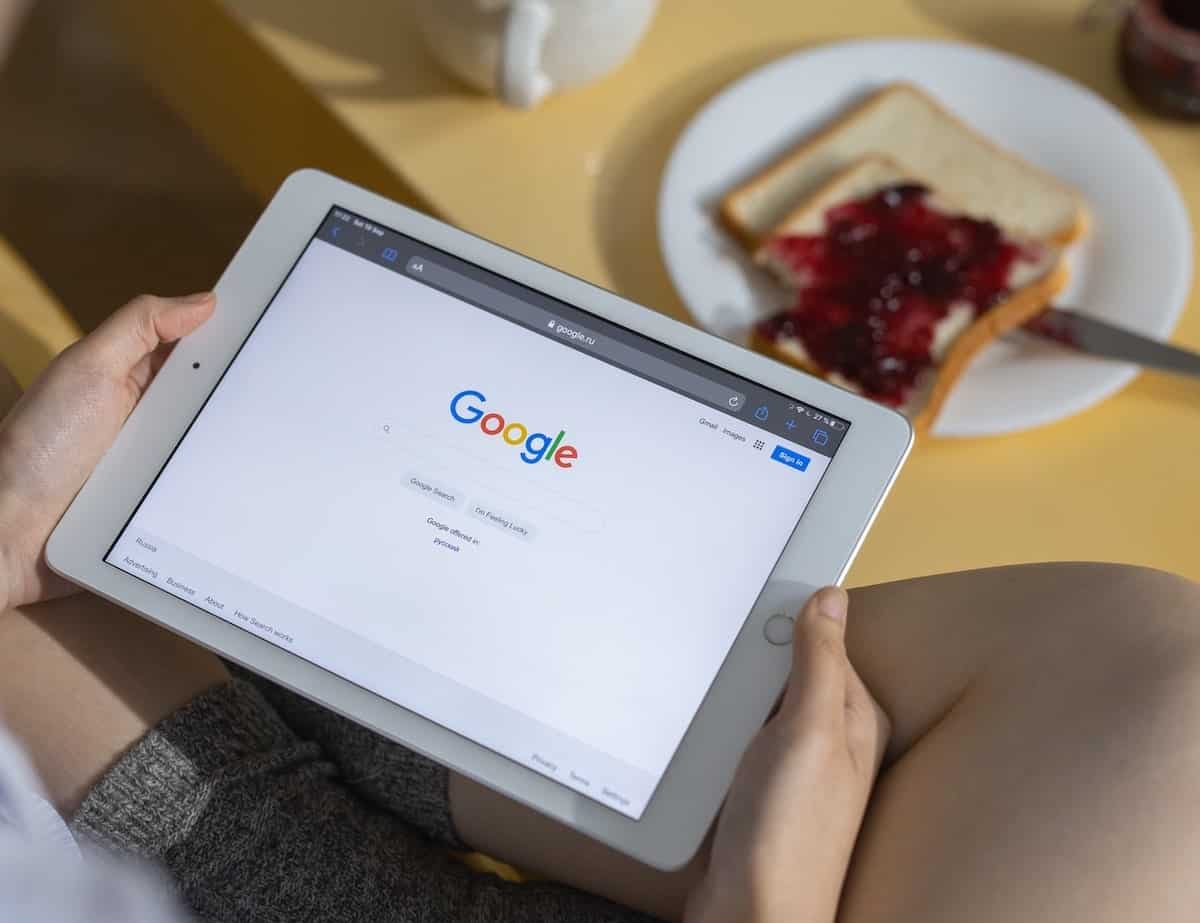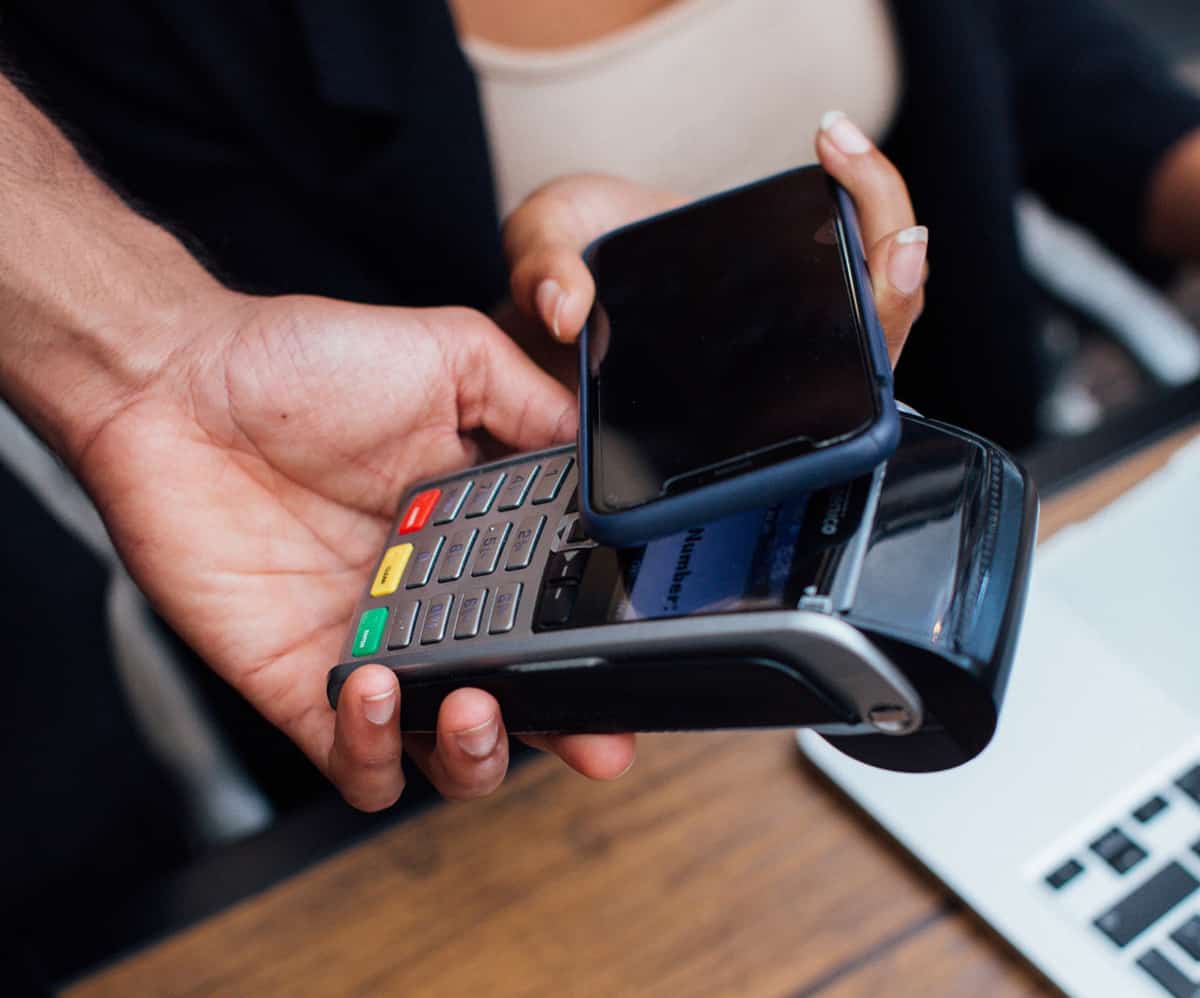The TL;DR on Text-to-Pay for Small Businesses
You may have heard it online, in the news, or being used amongst your entrepreneurial colleagues: text-to-pay. It sounds straightforward enough. But is it? Taken literally, you might expect text-to-pay to be sending a text to someone instead of paying with, you know, real money (wouldn’t that be nice?). Or, maybe, it’s texting your credit card info to a business to pay for some good or service (sounds . . . sketchy.).
If you kind of know what text-to-pay is, but not really, this article is for you. We’ll quickly cover everything you need to know about this new and efficient payment method, and why it’s a game-changer for small businesses.
So, what’s text-to-pay?
Text-to-pay, also known as SMS payment, is a payment method that allows customers to pay for goods and services remotely using the text messaging service on their mobile phones.
Basically, the business (you) sends a text message to a customer asking for a payment of, say, $100. The message would include a tappable link.
The customer, after receiving the text message, taps the link to view more details (payment amount, due date, reason for the payment request, etc.) then pays the requested amount. This method of payment is much the same as any other online purchase: they click a link, enter their billing information, and checkout. The only difference? It all happens within text conversation.
Why is text-to-pay important for small businesses?
Text-to-pay is important for two reasons: It makes getting paid really easy for businesses, and it makes sending payments really easy for customers.
Let’s be honest. People use their phones a lot. Smartphones have made almost everything accessible and achievable, all from their rectangular screens. So, it pays (literally and figuratively) to start running your business in a smartphone-friendly way. That means, offering easy-to-use payment solutions to customers—solutions like text-to-pay.
By giving customers the ability to pay from their phone, you reduce the friction and time between delivery of service and payment. And, in an era of curbside pickups and stay-at-home orders, you also reduce person-to-person contact.
In short, text-to-pay allows businesses to offer a customer experience that goes above and beyond what consumers are expecting. This makes your business look good, which means more business, which means increased success, which means more business—you can see where this is going.
When making a payment is easy for customers, receiving payment is faster for you (and is also more likely to become a repeat occurrence). Text-to-pay enables these profit- and happiness-boosting realities.
You can look at text-to-pay from any angle, but the result is always the same: it’s beneficial for both business and customer. The playing field is generously leveled. Contrast this to the old way of doing business, which unevenly places the onus on the customer. By meeting customers where they are—in their text messages—businesses exemplify a refreshing modernity and respect for their customers, a little touch that pays dividends when it comes to building a thriving business with a loyal customer base. This is true for text-to-pay and for smartphone-friendly business practices in general.

Awesome. So how do I start using text-to-pay for my business?
Simple. Get in touch with a platform that offers this service for businesses. One of them? Yours truly: Podium, which offers not only text-to-pay, but a suite of smartphone-friendly services, like a centralized inbox (for text conversations as well as Facebook Messenger, email, and more), a text marketing feature, a website chat tool, and more.
And, right now, you can start a 14-day trial to make sure all these features are right for your business.
But, if nothing else, hopefully you now understand what’s meant by text-to-pay, along with the reasons why it’s one of the most popular and most effective tools being used by small businesses today.
















